
Once the preserve of Hindu holy men, Yoga is now a worldwide phenomenon. The practice encompasses physical and mental exercises, breathing techniques and meditation. Yoga is seen as an excellent way to improve your health, mental state, as well as fitness.
Benefits of Yoga
Here are top reasons why you must practice yoga.
Breathe Right, Sleep Well, and Stay Relaxed
Yoga helps you breathe right and that alone can help you de-stress, relax and get rid of many diseases.
Studies show that yoga also helps you get better sleep at night.
Yoga Increases Elasticity and Reduces Pain
Yoga makes your body more elastic as various yoga poses require you to stretch your body, which increases the muscle movement, adds to flexibility, and provides relief from pain in the body.
Better Mind Control
Yoga calms the mind, helps you focus better, which can boost productivity as well.
Yoga is also a great form of exercise to help you purify your body and mind.
Yoga for Full Body Workout
Yoga also gives overall strength to your body. It increases the body’s capacity to support itself. A regular practice of various yoga “asanas” strengthens several body parts, which in turn strengthens the entire body.
Easy Yoga Poses For Beginners
Here are some easy yoga poses that beginners can start practicing for general health, well-being, and even for weight loss and flat abs.
Trikonasana (Triangle pose)

Chair pose (Utkatasana)

Plank Pose (Phalakasana)

Bow pose (Dhanurasana)
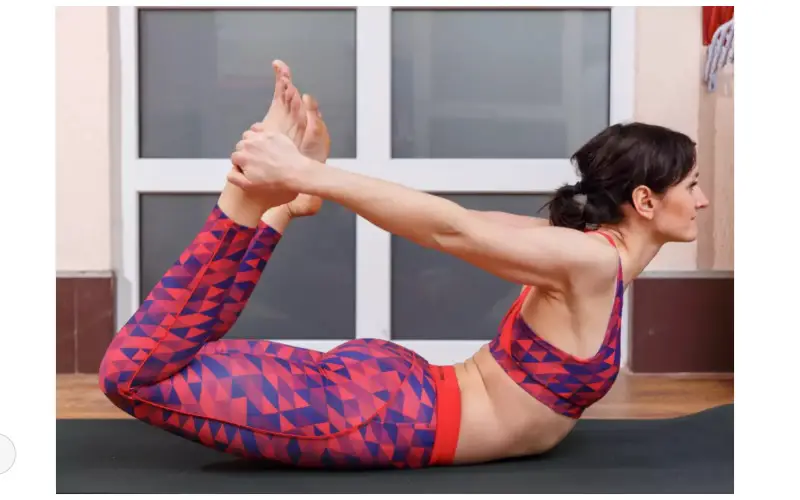
Bridge pose (Setu bandha Sarvangasana)
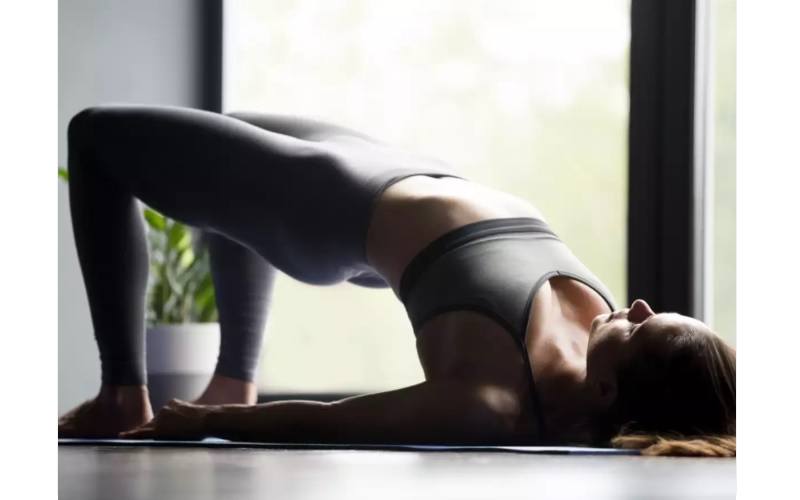
Boat pose (Naukasana)
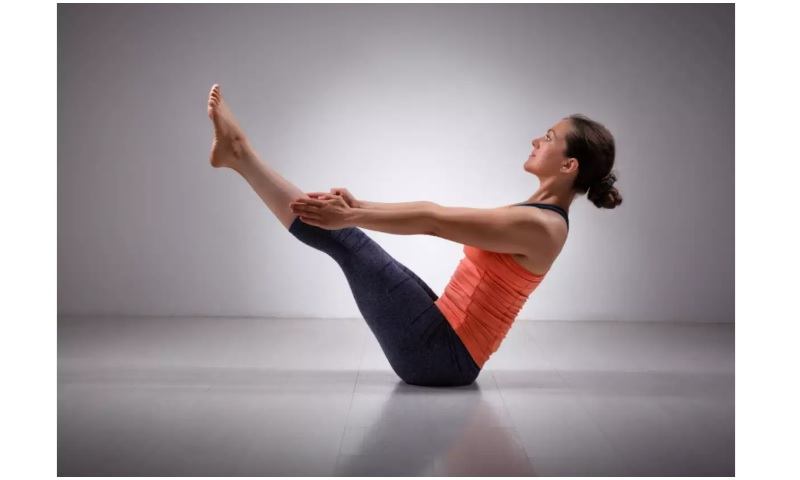
Upwards dog / Cobra pose (Bhujangasana)
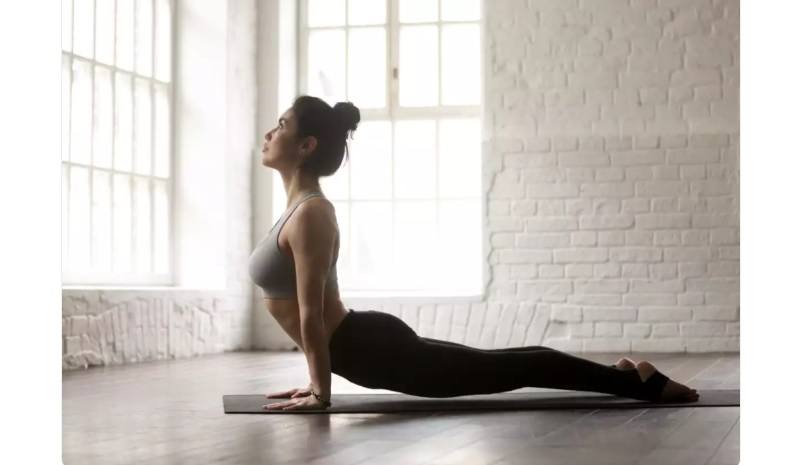
Child’s pose (Balasana)
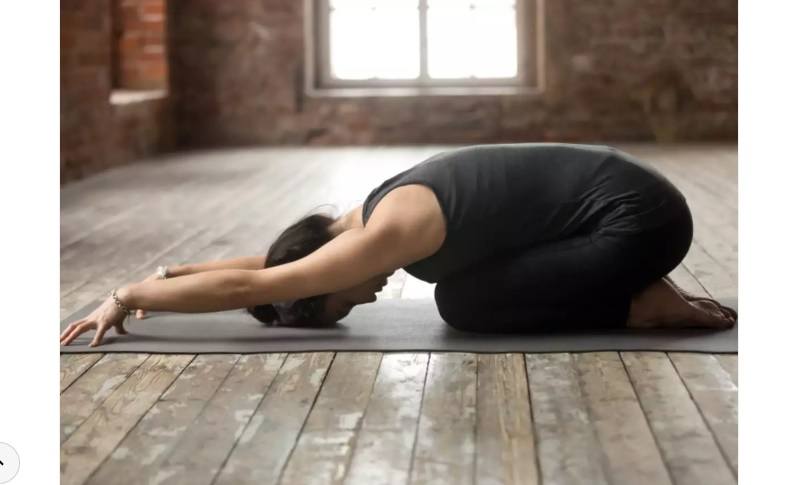
Corpse Pose (Shavasana)
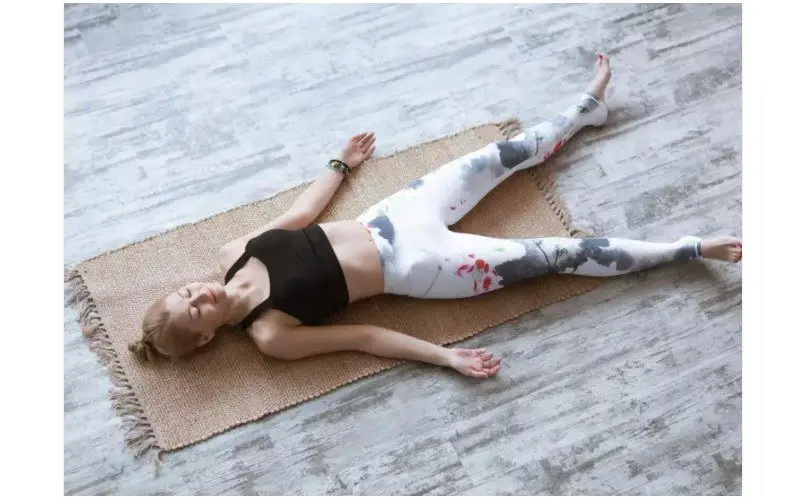
Surya Namaskar
Surya Namaskar (the Hindu pushups) is a complete workout for the human body, it is a comprehensive exercise form without need for any equipment.
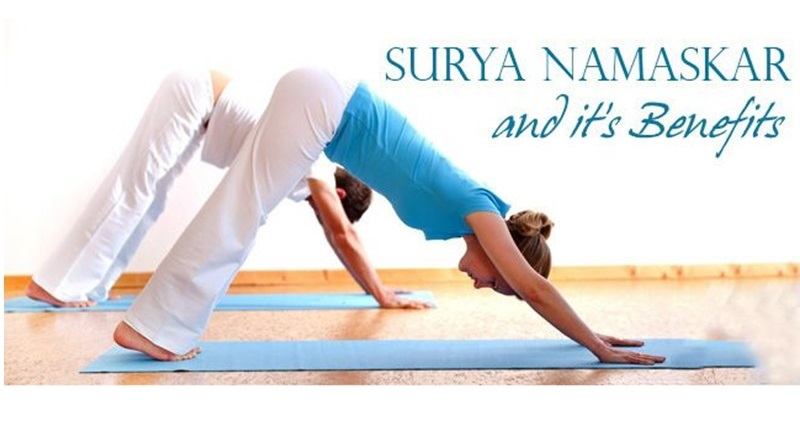
Breathing: Nadi Shodhana Pranayama
Nadi Shodhan pranayama is a breathing exercise that helps clear blocked energy channels, thus calming the mind. You usually do this before moving on to other forms of meditation.
Nadi Shodhana Pranayam meaning:
- Nadi = energy channel
- Shodhan = cleaning
- Pranayama (Pranayam) = Breathing technique.
To complete one round of Nadi Shodhan pranayama: Close the right nostril using the thumb and breathe out gently through the left nostril. Now breathe in from the left nostril. Close the left nostril gently with the ring finger and little finger. Lift the right thumb to open the right nostril, breathe out from the right. Breathe in from the right nostril, and then exhale from the left. Continue inhaling and exhaling from the alternate nostrils, for a few minutes.
Yoga in Schools
More schools are now making students practice yoga to help them keep their minds calm and to grow holistically.

Difficult Yoga Poses
Here are some advanced yoga poses in case you are looking for some challenge.
Peacock Pose
Also known as Mayurasana (Mayur is peacock in Hindi), the asana requires lot of abdominal strength. Mayurasana revitalizes your internal organs, strengthens arms & shoulders, and boosts energy levels. Individuals with heart problems and high blood pressure should avoid doing this asana.
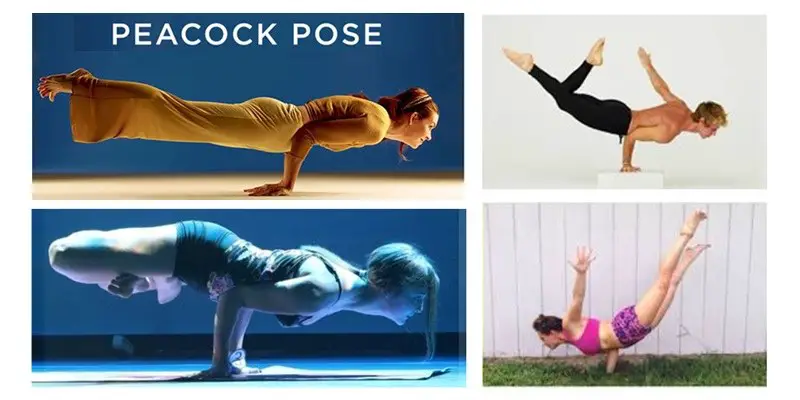
Hanumanasana (Monkey Yoga Pose)
Hanumanasana, or monkey pose, is a full front split. It takes practice, and possibly some support, to find steadiness and ease in this pose.
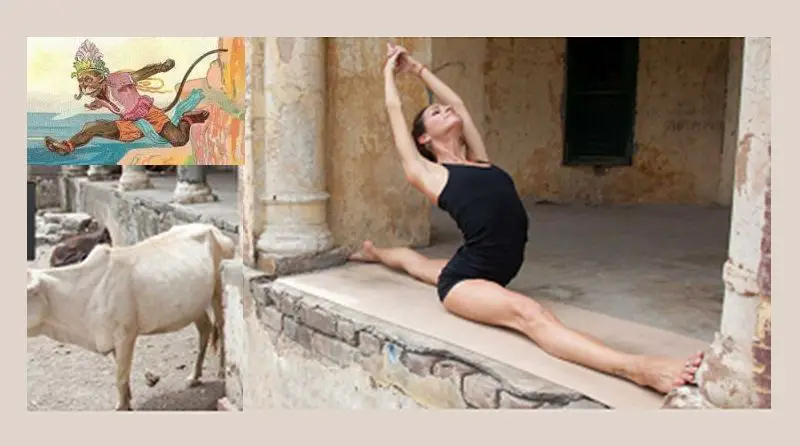
One Hand Tree Pose
Most will find it difficult to balance even on two hands, and this one has to be done with just one. Its suited only for those who have perfected the regular handstand. This pose requires excellent core strength, mental focus, and strong wrists.
Handstand Pose
Handstand offers several health benefits – strengthens the back, shoulders, thighs, and improves balance. Try holding on to the pose for 30 seconds or so.
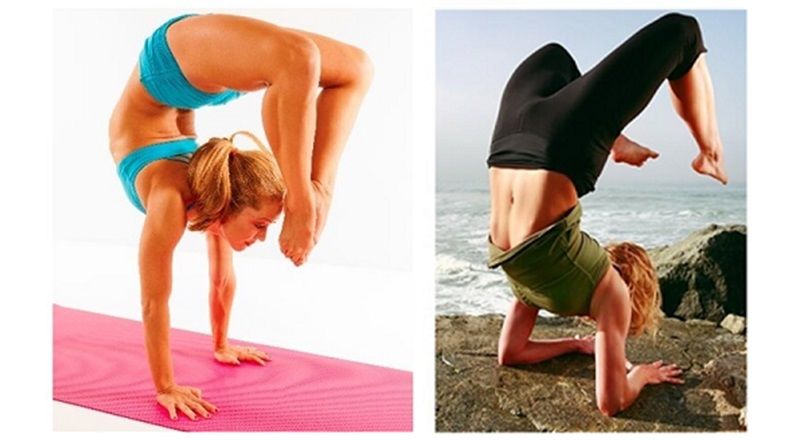
Yoga for Men
Its very common for men to feel that a type of exercise that is refined, involves too much stretching and breathing, is not high-impact, most be suited for women.
In reality, yoga is an exercise regime that can suit everyone, and can be massively beneficial for men. Even the muscle men who enjoy lifting weights can benefit from doing yoga.


Yoga Class Etiquette for New Students
Yoga is always best learnt with a qualified, respectable teacher, in a location where you can be assisted, should physical difficulties arise. But then, attending a class is not always possible for some people due to a busy home, work or social life. That is where celebrity DVDs have their uses, and serve beginners’ well. As long as you warm up and cool down properly (to minimize risk of injury), you can use at-home Yoga DVDS for a quick yoga boost, if you can’t make a class.

Here are some basic yoga class etiquette and manners for new students when going to yoga classes and studios (some of these tips are actual common sense and courtesy).
Yoga is done bare feet so remove Your Shoes
Unlike other group exercises, Yoga is practiced in bare feet, so take off your shoes and socks as well. Do not put shoes on your yoga mat. Yoga studios usually have space near the door where you can leave your shoes.
Keep your Phone in Silent mode
Keep your phone in the locker, but if you think it could get stolen, you may carry it (along with your wallet and other valuables) into the studio. Make sure its in the silent mode.
Put the Props back in place after the Class
If you’ve blocks or straps for the class, place them back the way you found them before the class. Fold your blanket; don’t just drop it in a heap. If you borrowed a mat from the studio, wipe it before placing it back. Best is to bring your own mat!
Know your limits and respect it
Respect your limits, you don’t have to match others in the class. Work from where you are, not where you think you should be. Never force to hold or attain a pose. Ask for a simpler pose and practice your moves with control.
Yoga is primarily taught in silence, with only the Yogi (the person leading the class) doing the talking. However, if you’re having any questions or queries – and particularly if you’re feeling uncomfortable – feel free to ask for guidance. Be polite, and within time you will adapt to the natural rhythm of the class, and fit in just fine.
References
Newcombe, S. (2019) Yoga in Britain: Stretching Spirituality and Educating Yogis. Sheffield: Equinox
Ivtzan, I. & Sivaja Jegatheeswaran (2015). The Yoga Boom in Western Society: Practitioners’ Spiritual vs. Physical Intentions and their Impact on Psychological Wellbeing. Yoga & Physical Therapy, 5(3), 1-7









Leave a Reply